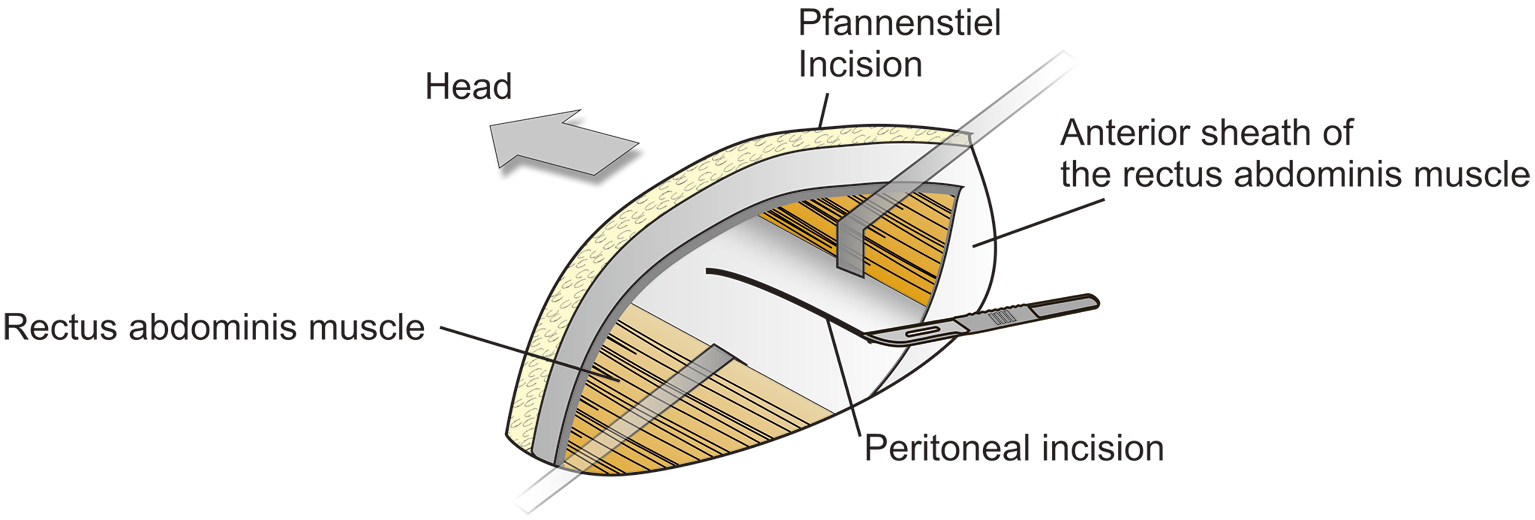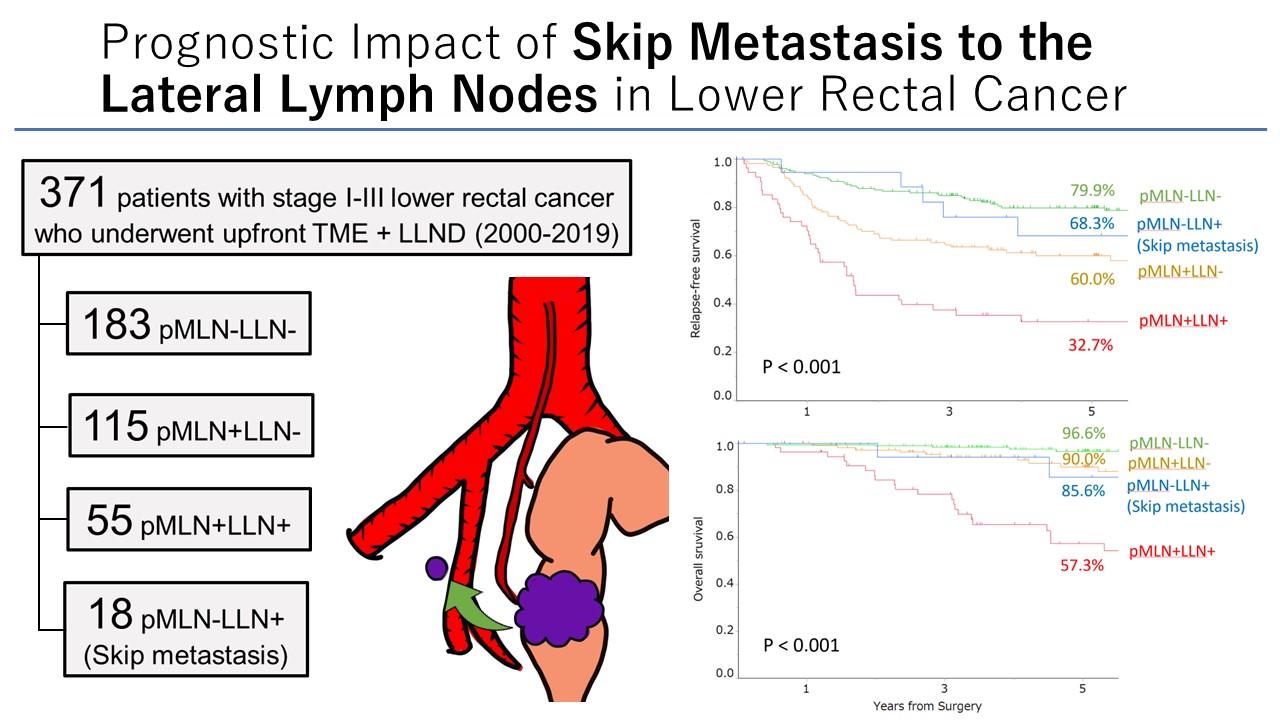Volume 8, Issue 4
Displaying 1-20 of 20 articles from this issue
- |<
- <
- 1
- >
- >|
Original Research Article
-
2024Volume 8Issue 4 Pages 265-270
Published: October 25, 2024
Released on J-STAGE: October 25, 2024
Download PDF (349K) -
2024Volume 8Issue 4 Pages 271-278
Published: October 25, 2024
Released on J-STAGE: October 25, 2024
Download PDF (235K) -
2024Volume 8Issue 4 Pages 279-288
Published: October 25, 2024
Released on J-STAGE: October 25, 2024
Download PDF (271K) -
2024Volume 8Issue 4 Pages 289-297
Published: October 25, 2024
Released on J-STAGE: October 25, 2024
Download PDF (754K) -
2024Volume 8Issue 4 Pages 298-304
Published: October 25, 2024
Released on J-STAGE: October 25, 2024
Download PDF (215K) -
2024Volume 8Issue 4 Pages 305-315
Published: October 25, 2024
Released on J-STAGE: October 25, 2024
Download PDF (565K) -
2024Volume 8Issue 4 Pages 316-322
Published: October 25, 2024
Released on J-STAGE: October 25, 2024
Download PDF (813K) -
2024Volume 8Issue 4 Pages 323-330
Published: October 25, 2024
Released on J-STAGE: October 25, 2024
Download PDF (494K) -
2024Volume 8Issue 4 Pages 331-339
Published: October 25, 2024
Released on J-STAGE: October 25, 2024
Download PDF (799K) -
2024Volume 8Issue 4 Pages 340-347
Published: October 25, 2024
Released on J-STAGE: October 25, 2024
Download PDF (800K) -
2024Volume 8Issue 4 Pages 348-355
Published: October 25, 2024
Released on J-STAGE: October 25, 2024
Download PDF (160K) -
2024Volume 8Issue 4 Pages 356-364
Published: October 25, 2024
Released on J-STAGE: October 25, 2024
Download PDF (545K) -
2024Volume 8Issue 4 Pages 365-374
Published: October 25, 2024
Released on J-STAGE: October 25, 2024
Download PDF (590K) -
2024Volume 8Issue 4 Pages 375-382
Published: October 25, 2024
Released on J-STAGE: October 25, 2024
Download PDF (209K) -
2024Volume 8Issue 4 Pages 383-392
Published: October 25, 2024
Released on J-STAGE: October 25, 2024
Download PDF (509K) -
2024Volume 8Issue 4 Pages 393-402
Published: October 25, 2024
Released on J-STAGE: October 25, 2024
Download PDF (626K) -
2024Volume 8Issue 4 Pages 403-410
Published: October 25, 2024
Released on J-STAGE: October 25, 2024
Download PDF (171K)
Case Report
-
2024Volume 8Issue 4 Pages 411-416
Published: October 25, 2024
Released on J-STAGE: October 25, 2024
Download PDF (1376K) -
2024Volume 8Issue 4 Pages 417-422
Published: October 25, 2024
Released on J-STAGE: October 25, 2024
Download PDF (736K) -
2024Volume 8Issue 4 Pages 423-427
Published: October 25, 2024
Released on J-STAGE: October 25, 2024
Download PDF (1176K)
- |<
- <
- 1
- >
- >|



















